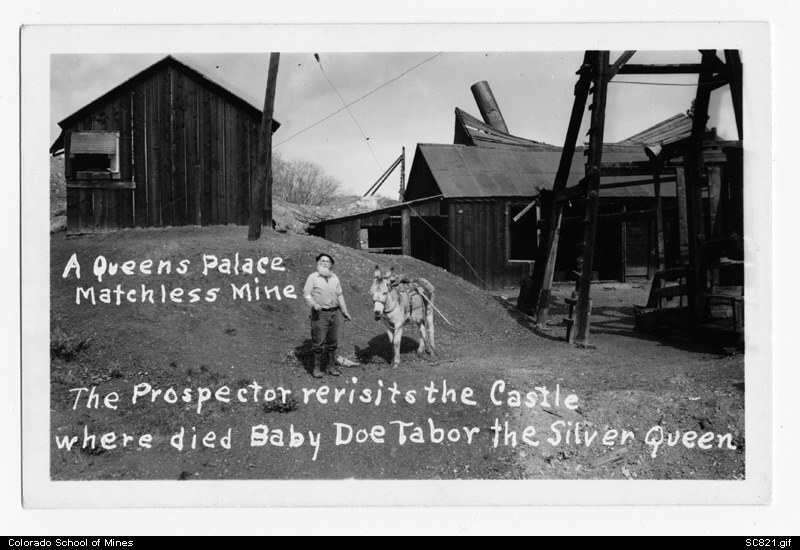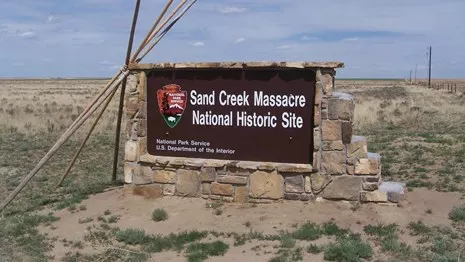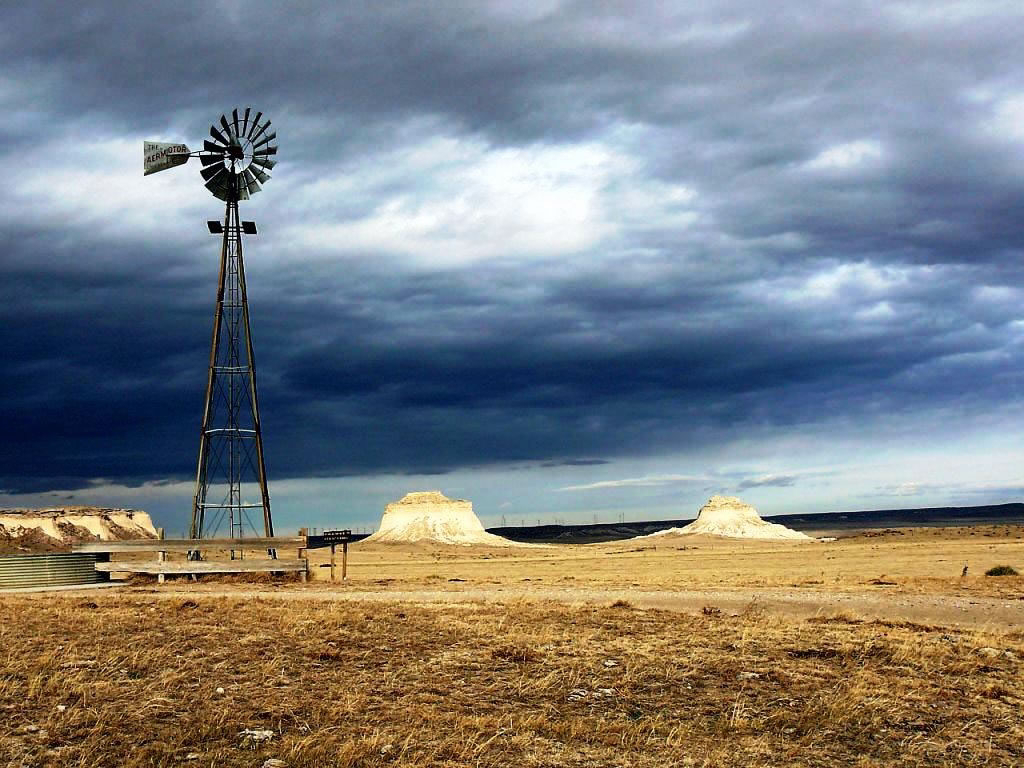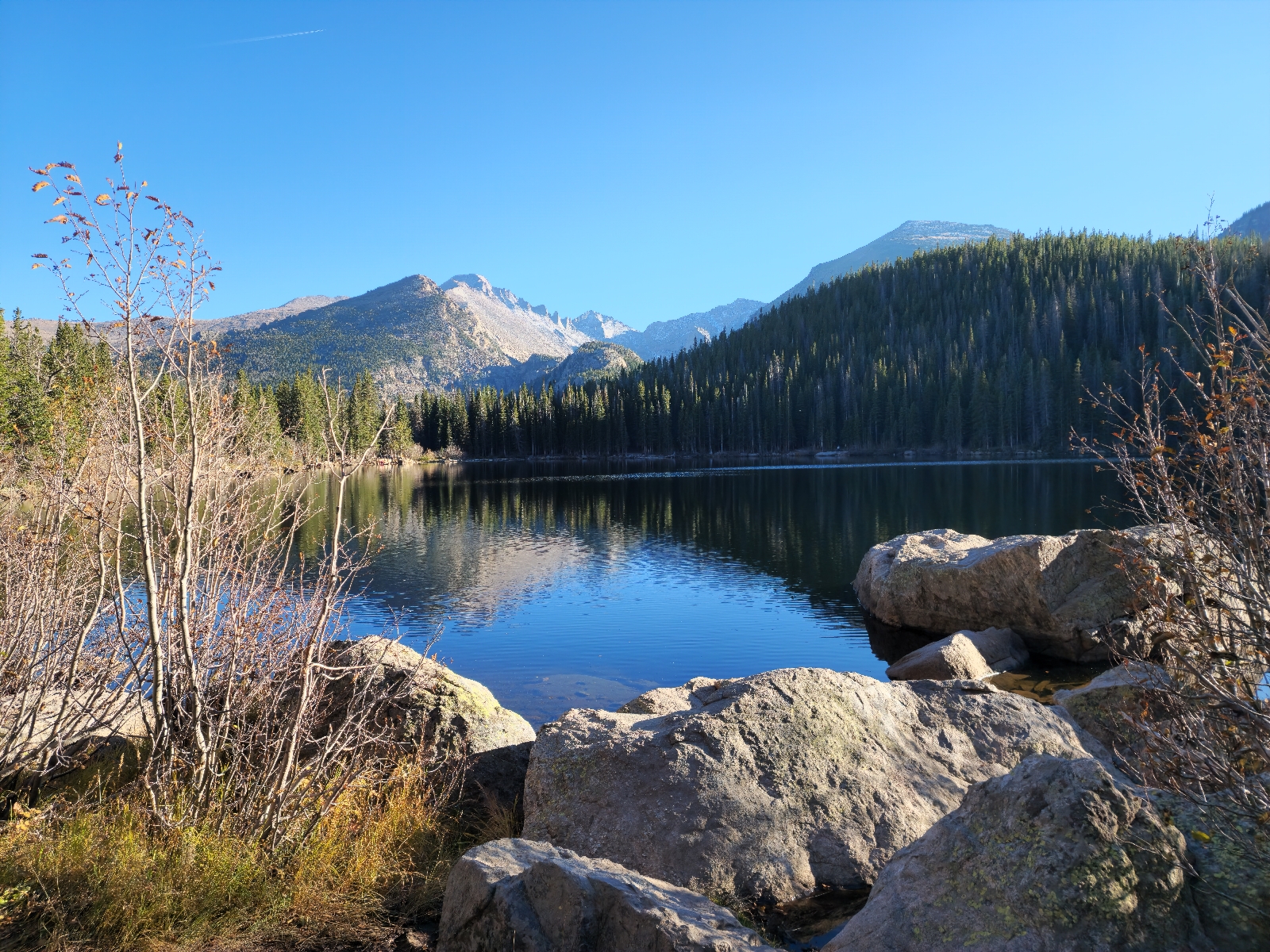Total Pageviews
Baby Doe Tabor's Life and Death
Alferd Packer–avid outdoorsman, gold enthusiast, and admitted human-eater
Colorado's Gold Rush
The Sand Creek Massacre
The Ludlow Massacre
Natural Wonders of Glenwood Springs.
Colorado Model Railroad Museum
Pawnee National Grasslands worth the visit!!
Pike's Peak a drive to the clouds!
Garden of the Gods! A natural wonders in Colorado Springs.
Denver. To visit or not?!
Bear Lake: A High-Mountain Experience.
Rocky Mountain National Park
The Denver Zoo! Fantastic visit..
Visiting Estes Park, Colorado
Colorado's Rising Property Taxes
Colorado HB23-1230 Progressives are taking guns away!
Colorado 2nd Amendment Rights
Lost freedoms in Colorado
Lost freedoms in Colorado.
Second Amendment Rights: Colorado has a history of being a gun-friendly state, but in recent years, its laws have become more restrictive. In 2013, the state passed a series of gun control laws, including limiting magazine capacity to 15 rounds and requiring background checks for private sales. These laws were met with fierce opposition from gun rights advocates, who argued that they violated the Second Amendment. While the laws remain in place, the debate over gun rights continues to be a contentious issue in Colorado.
Personal Privacy: In 2012, Colorado passed a law legalizing the use of recreational marijuana. While this was seen as a victory for individual freedom, it also raised concerns about privacy. Under federal law, marijuana is still illegal, and the federal government has the power to seize property and arrest individuals for possession. This has led to a complicated legal landscape where the rights of individuals to use marijuana clash with the power of the federal government.
Free Speech: Colorado has seen a number of controversies over free speech in recent years. In 2016, the University of Colorado at Boulder was sued by a conservative student group, which claimed that its First Amendment rights were being violated. The group argued that the university was unfairly limiting its ability to bring conservative speakers to campus. The case was settled out of court, but it highlighted the ongoing debate over free speech on college campuses.
Personal Property Rights: Colorado has a long history of protecting property rights, but recent years have seen some erosion of these rights. In 2018, the state passed a law allowing local governments to regulate oil and gas drilling. This was seen as a victory for environmental activists, who argued that drilling was a threat to public health and the environment. However, it also raised concerns among property owners who may be impacted by the regulations.
Religious Freedom: In 2015, Colorado passed a law banning discrimination based on sexual orientation or gender identity. While this was seen as a victory for LGBTQ rights, it raised concerns among some religious groups who felt that the law infringed on their religious freedom. In 2020, the U.S. Supreme Court ruled in favor of a Colorado baker who refused to make a wedding cake for a same-sex couple, citing his religious beliefs. The ruling was seen as a victory for religious freedom, but it also highlighted the ongoing tension between religious freedom and anti-discrimination laws.
In conclusion, Colorado is a state with a rich history of protecting individual freedom, but like many places, it has seen some of these freedoms erode over time. From gun rights to free speech to property rights, Colorado residents have grappled with the tension between individual liberty and the common good. As the state continues to evolve, it's likely that these debates will continue to shape its political and cultural landscape.




















